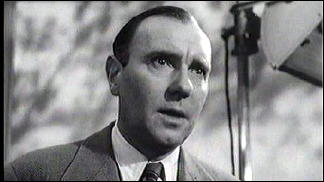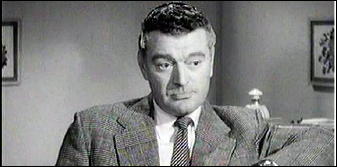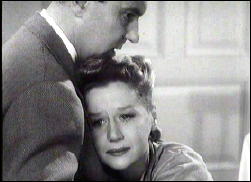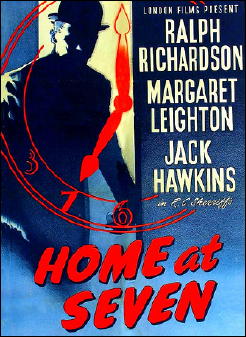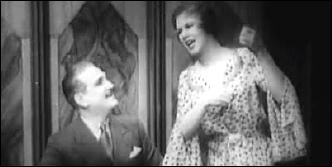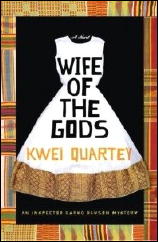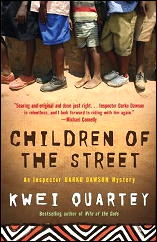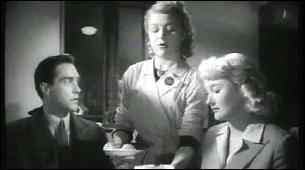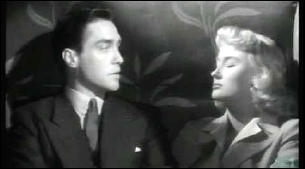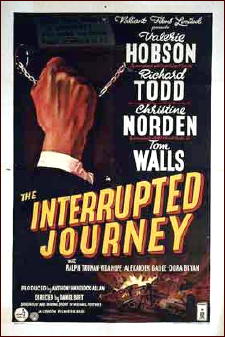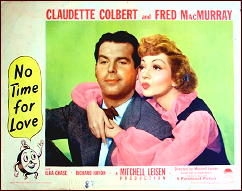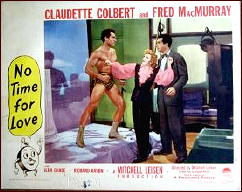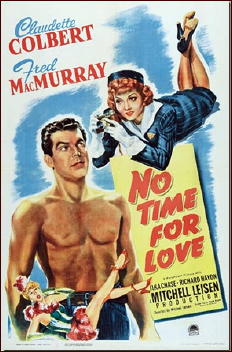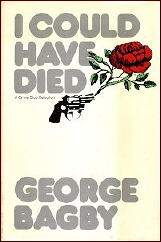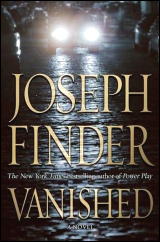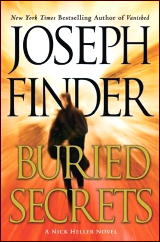THE SERIES CHARACTERS FROM
DETECTIVE FICTION WEEKLY
by MONTE HERRIDGE
#2. HAPPY McGONIGLE, by Paul Allenby.
The Happy McGonigle stories by Paul Allenby was a short series of at least eight stories published in Detective Fiction Weekly from 1940 through 1941. The stories are about the misadventures of petty criminal Happy McGonigle and his partner in crime, Blackie Roberts.
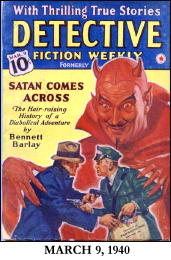
The stories are narrated in first person by Blackie Roberts, who tries to explain the problems of trying to plan and commit crimes with a person like Happy McGonigle. In the first story Roberts explains very briefly what McGonigle is like:
“He is not a gent who is looking for trouble all the time. Oh, no! Happy is the simplest, dumbest boob that ever turned a dishonest penny. From the top of his mop-like blond hair to his 13-D feet, he is plain uncut, yokel.†(“A Cockeyed Wiggley”)
Roberts notes that he has trained Happy over a ten year period, and that Happy is handy with burglar tools and in fights, but often makes him sorry he knows him. Blackie explains that he is the brains of the duo, and Happy is the brawn. Trying to plan crimes with help like Happy is difficult. He has to be careful to explain the crime plans very carefully to Happy, who is often not paying close attention.
Happy is happiest when he is involved with his latest hobby. He has been through many hobbies, and in the first story in the series, “A Cockeyed Wiggley,†his hobby is collecting matchbook covers. This hobby causes problems with their crime plan for this story, but somehow everything turns out all right, though they don’t make any money from their crime.
The next story, “Red, White and Very Blue,†finds the two criminals on their way back from gambling on horse racing at Pimlico, stopping off in Washington, D.C. for some rest and relaxation. Happy turns into a typical tourist, going to see all the sites and spending a lot of money on fancy clothes.
They run into trouble when they encounter a group of spies. The spies con the two out of all of their money, and also con them into stealing airplane plans from a house. Fortunately for them, they realize what is going on and hand the plans back to the U.S. Government, and wind up making themselves look like heroes in the process.
As shown in the story, Black Roberts can be just about as gullible and naïve as Happy McGonigle. So Blackie’s comments about his partner need to be taken with a grain or two of salt.
In the story “In the Bag,†the two are planning a jewel robbery, but another of Happy’s hobbies interferes with the plans. Happy has started taking dancing lessons in order to be an “adagio†dancer.
Blackie thinks this is ridiculous and tries to get Happy to work with him on the robbery. But Happy has promised to deliver a suitcase for the dance teacher. The title refers to the fact that three new identical leather suitcases become involved in the plot and the guys try to keep straight which contains what.
When the newspaper reports that the dance studio staff has been arrested for drug smuggling, the bag situation gets more complicated.
In “Gone With the McGonigle,†Happy’s newest hobby is to become a writer. So he buys a lot of paper, a filing cabinet, a portable table, and a typewriter. After spending all of this money he thinks he is ready to become a writer.
However, he finds being a writer is not all it is cracked up to be. Happy finally goes on a destructive rampage through his editor’s house, which he and Blackie are burglarizing.
In “McGonigle the Great,†Happy is struck with the wish to be a professional magician. He learns a number of magic tricks while he and Blackie are staying at a large hotel. Unfortunately, he makes so many mistakes that people laugh at his act.
Even though the audiences enjoy the mistakes, Happy does not like being laughed at. Blackie notes that Happy is somewhat deficient in a sense of humor. While all of this is going on, Blackie Roberts and a newspaper reporter (who is teaching Happy magic tricks) are searching the hotel for an absconding bank teller who has stolen a hundred thousand dollars. The magic act plus the search make for a situation that is sure to get out of hand quickly.
“McGonigle Makes a Bid†finds the duo trying to take a vacation and behave in a law-abiding manner. They head off to the wilds in a car, but wind up stranded at a large house occupied by a crazy man. Unknown to them, the grounds are also the hiding place of three criminals who don’t like the interruption of Happy and Blackie.
In “Bombs Tick Once Too Oftenâ€, Happy and Blackie are visiting the World’s Fair and trying to enjoy themselves. However, Happy thinks that someone is trying to plant a bomb at the Fair. Their first move is to follow two suspicious acting characters (who are carrying a suitcase) around the Fair. Later, when Happy discovers a bag that is ticking and whirring, he is positive he has found a bomb. Altogether, a very stressful day for Blackie and Happy.
“The Skeleton of Danny Force†is atypical of the other stories in the series. Happy McGonigle does not play the primary focus of the story. Blackie Roberts is more the focus of this story, as he and Happy go out to a rural town to help one of Happy’s friends in his dealings with the local Scrooge-like banker. A skeleton is dug up by a local, and this provides the means by which Blackie can counter the banker and get the better of him.
The final story, “In Union There Is McGonigle,†The two guys get into union activity, primarily because they think they can make some money in it. Definitely not in it for the benefit of the workers of pretzel salters industry, which is their working area.
As usual, they run into numerous complications in the process, and only Blackie’s planning gets them out of the situation and with a profit for a change. Also as usual, it was Happy’s doing that they got into union activity in the first place. He doesn’t appear to ever think through the consequences of his actions.
As you no doubt can tell from the above story descriptions, this series is meant to be a light comedy series of stories. No seriousness invades the stories, and the cast bumbles their way along the story lines without any serious damage or landing in jail.
The series is not really that funny, however, though it aims to be. It is okay as a mildly humorous look at two bumbling criminals.
There were other humorous series in DFW in the past, including two (Fluffy McGoff , 1931-37, and Murray Magimple, 1935-37) by Milo Ray Phelps, who died in 1937. Not having read much of the various humorous series, I can’t say which ones are the best or succeed at being funny.
The Happy McGonigle series by Paul Allenby:
A Cockeyed Wiggley March 9, 1940
Red, White and Very Blue March 30, 1940
* Grand Marshal McGonigle June 1, 1940
In the Bag June 15, 1940
Gone With the McGonigle June 29, 1940
McGonigle the Great August 3, 1940
McGonigle Makes a Bid August 17, 1940
Bombs Tick Once Too Often October 19, 1940
* Insurance for Sale November 23, 1940
The Skeleton of Danny Force January 18, 1941
In Union There Is McGonigle April 26, 1941
* It’s All in the Angle May 31, 1941
(*) These three were added after the list was first posted. Thanks to Phil Stephensen-Payne for pointing them out as likely possibilities in the comments, and for Walker Martin for confirming that they are indeed McGonigle stories.
Previously on this blog: #1. Shamus Maguire by Stanley Day.
